Having trouble deciding between a FDM and resin 3D printer? You're not alone. Resin printing gives you incredible detail but is expensive and a bit messy. Filament (FDM) printing is easier to work with and less costly—but maybe isn't as detailed.
So, precision or convenience? Strength or speed? This guide demystifies the differences between resin and filament 3D printers to help you decide which is right for your application.
FDM VS Resin: How Each 3D Printing Works?
To make the intelligent decision, you need to know how FDM and resin printers work. Let's break down the process of each.
FDM (Fused Deposition Modeling)
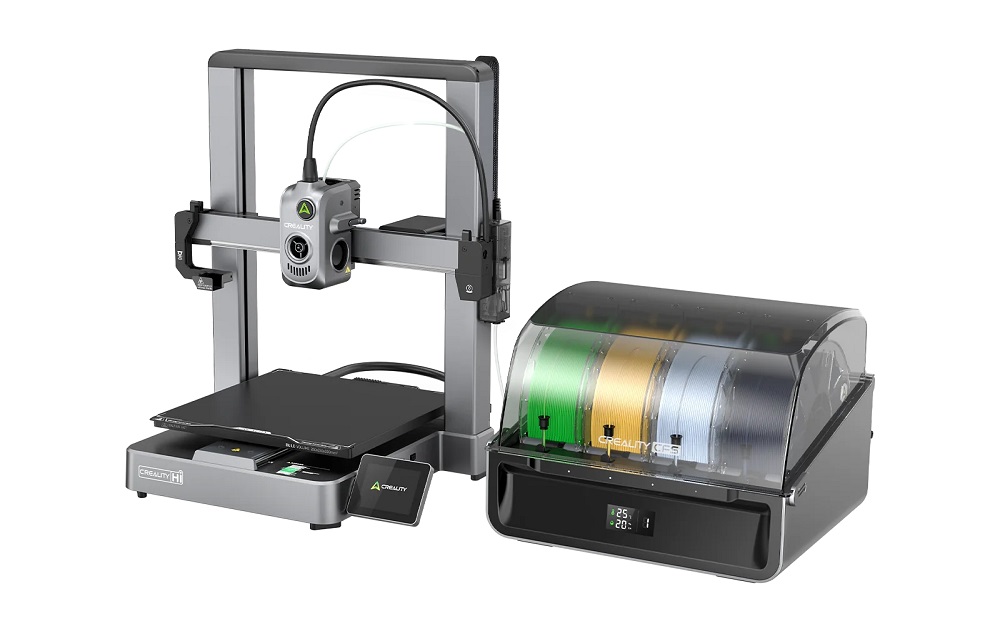
-
Utilize plastic filament (e.g., PLA or ABS) that melts and builds layer by layer.
-
Easy to operate—great for beginners.
-
Filament material is cheap and easy to find.
-
Great for large prints like cosplay props or functional parts.
-
Good detail but not as fragile as resin.
-
Generally offer a larger print area.
-
Less clutter and safety hazards.
Resin (SLA/DLP/LCD)
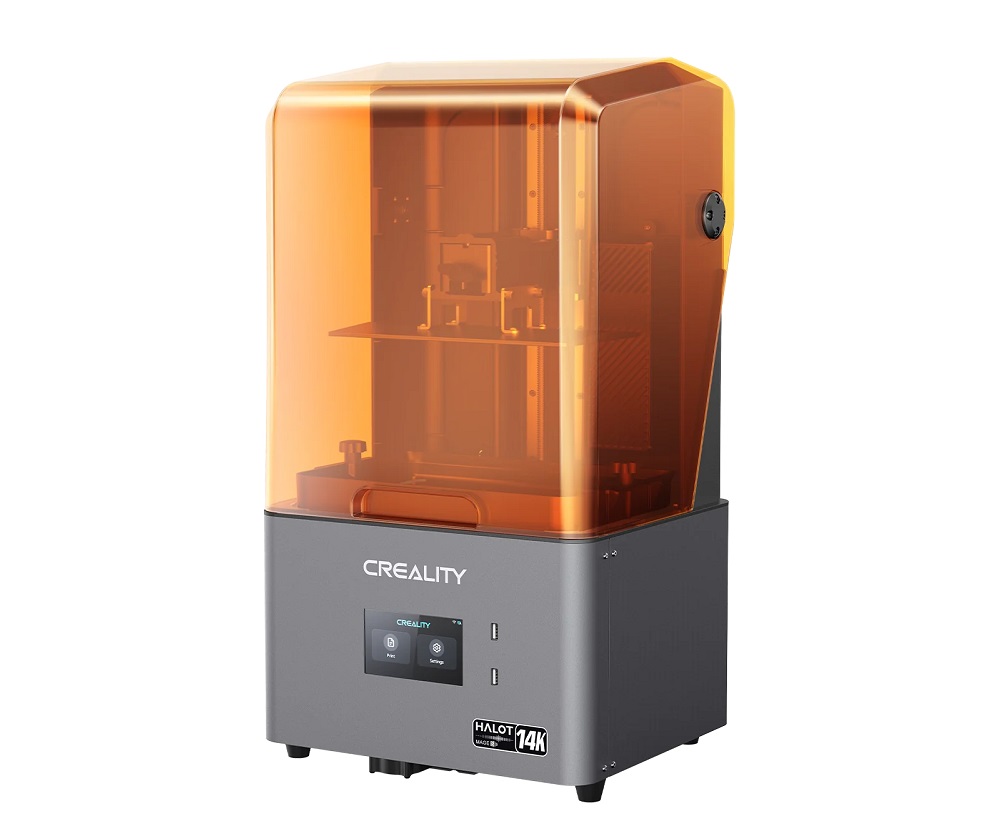
-
Use UV light to harden liquid resin, layer by layer.
-
Famous for excellent surface detail and smooth prints.
-
Perfect for miniatures, jewelry, and detailed models.
-
Resins are pricier and can be toxic—safety gear is necessary.
-
Require post-printing processes like washing and curing.
-
Smaller build volume—not ideal for large prints.
-
Perfect for those who need highly accurate prints.
Which One Has Better Print Quality?
When it comes to print quality, both these two options offer solid results, but they shine in different areas.
Filament 3D printers (FDM)
FDM printers may not be as accurate as resin, but they are great in build size, material choice, and ease of use.
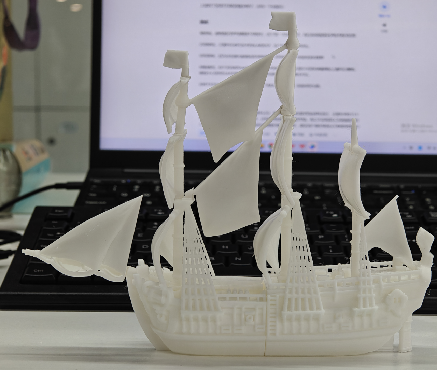
- Great for large prints: Like cosplay armor or functional prototypes.
- Beginner-friendly: Simple setup and wide support for filaments (PLA, ABS, PETG).
- Cost-effective: Lower cost printer and material prices.
- Best for: Teachers, beginners, and makers who need working prints.
⚠️ Note:
- Lower resolution/detail than resin.
- May need sanding or smoothing for a smooth finish.
Resin 3D Printers (SLA/DLP/LCD)
Resin 3D printers are renowned for their high detail and super-smooth finish, making them perfect for small, detailed projects.
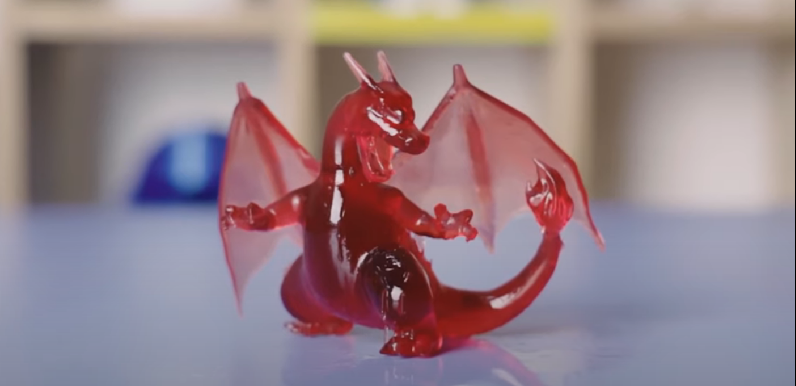
- Fantastic detail: Ideal for miniatures, jewelry, and fine models.
- Smooth surface finish: Little post-processing required.
- UV-cured layers: It uses stereolithography (SLA) to cure resin layer by layer.
- Best for: Hobbyists, artists, and professionals who need good detail.
⚠️ Keep in mind:
- More expensive materials.
- It requires careful handling (toxic resin, post-curing).
- Smaller print volume.
So, still unclear about what to use: use resin for small, high-detail prints that come out fantastic directly from the printer; use filament for larger, cheaper, and more durable prints—great for everyday use.
Which Is Faster: FDM or Resin?
First and foremost, in general, an FDM printer can be the best option if speed is your top priority and you are creating larger items.
Because FDM printers can print over greater surface area more rapidly, they generally will be faster for large projects. Due to this, they are ideal for bigger projects where printing speed is essential, such as costume armor.
But although they are precise, resin printers can take longer to finish the job. That is because they cure the layer of resin using light, which produces very fine and detailed finishes even though it takes a long time.
Is Resin 3D Printing Cheaper Than Filament?
When thinking about these two types of 3D printing, maybe the biggest question of all is this: is resin 3D printing cheaper than filament? The short answer? It depends—on your goal, budget, and how often you print.
Filament (FDM) 3D Printing Expenses
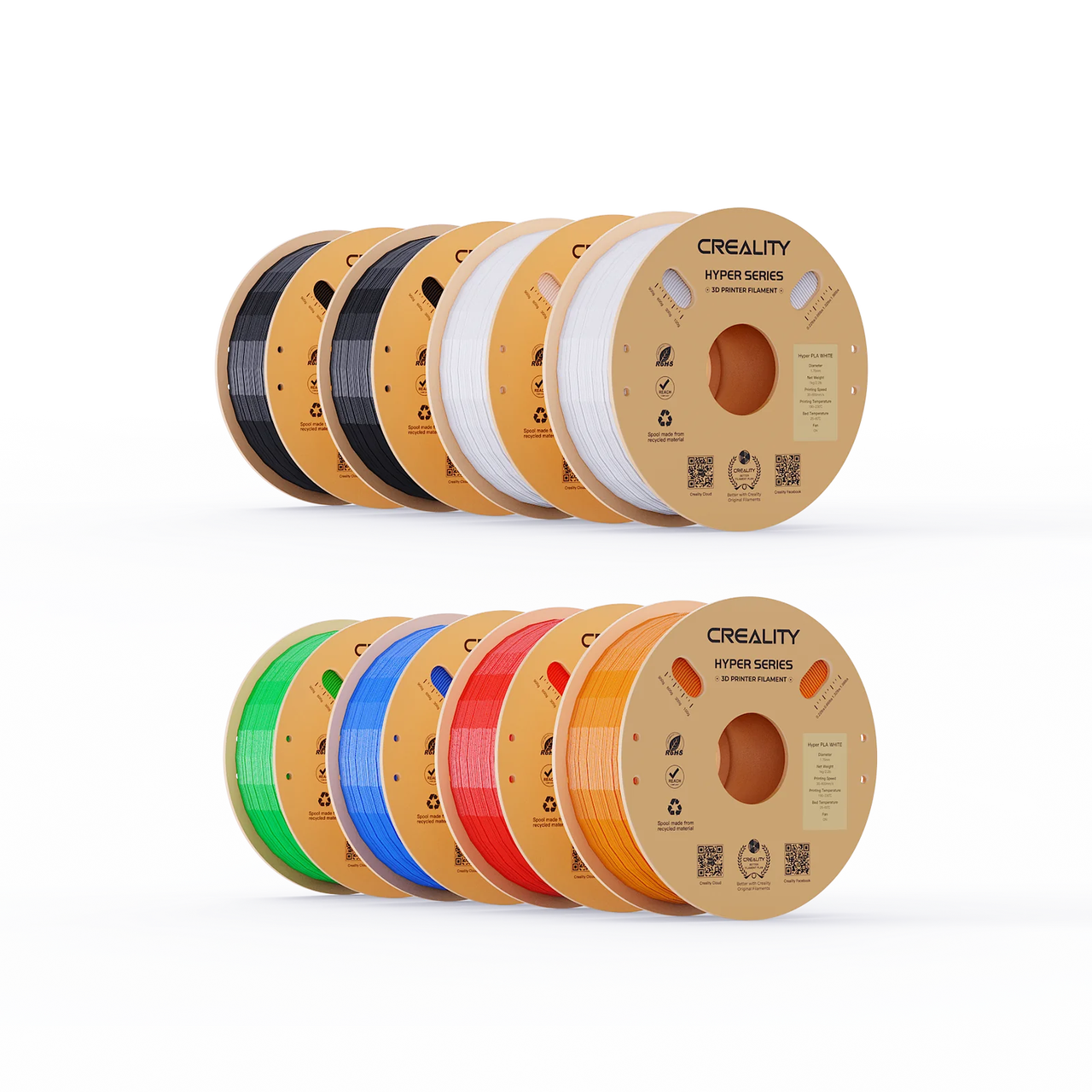
- Material price: Typical filaments such as PLA, ABS, and PETG are inexpensive and common.
- Price of printer: Simple FDM printers are cheaper and a good starting point for beginners.
- Fewer add-ons needed: minimal post-processing hardware; less mess and safety concern
Resin 3D Printing Costs
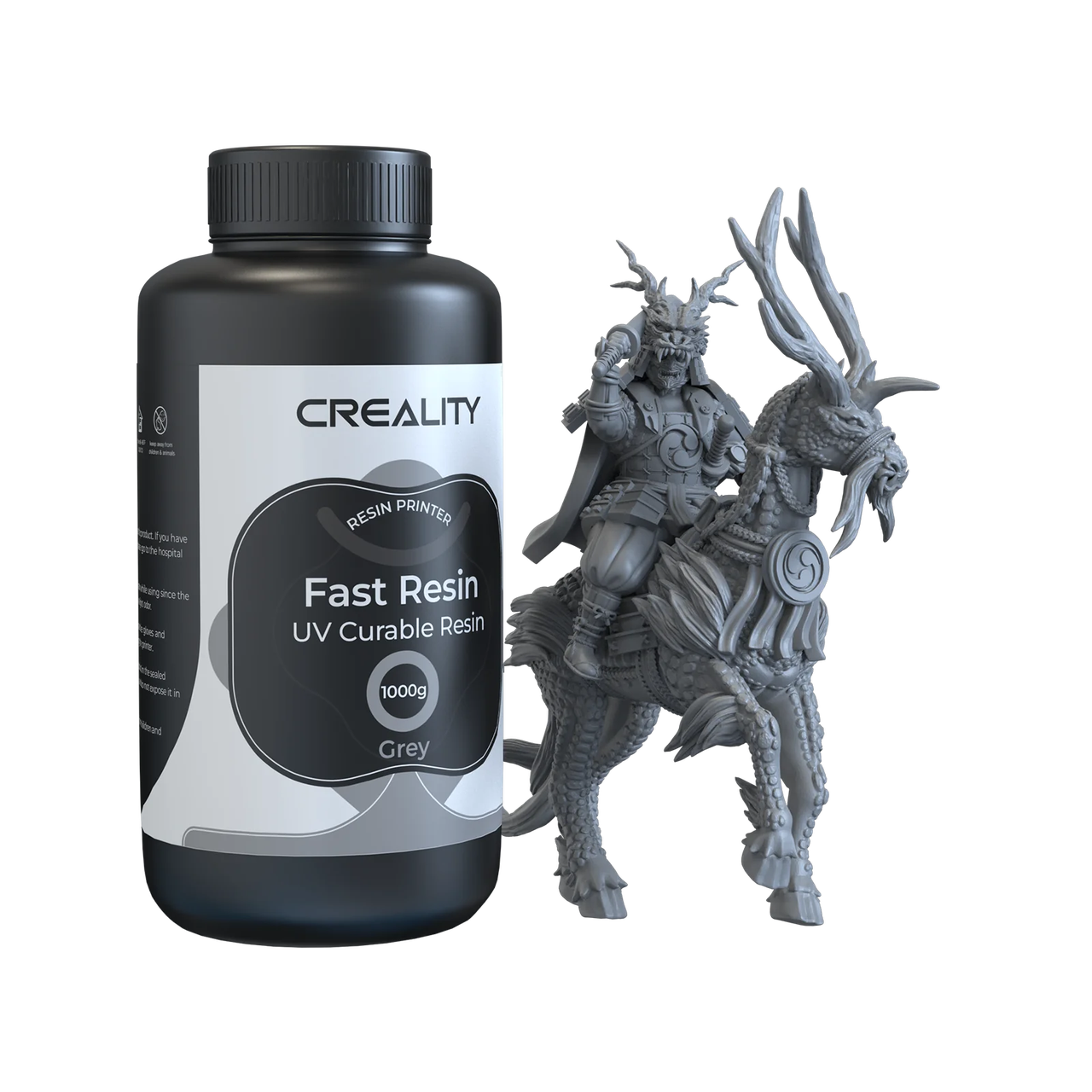
- Cost per material: Resin is pricier per liter compared to filament, due to its accuracy and chemical makeup.
- Price of printer: More costly to begin with, especially those with higher resolution.
- Other items needed: UV curing station; isopropyl alcohol for cleaning; safety equipment (resin is poisonous)
All things considered, go with filament if you’re budget-conscious. Choose resin if you value top-tier detail and don’t mind the extra cost.
Are Resin 3D Prints Stronger Than Filament Prints?
Except for the factors above, strength and durability are two essential considerations in making a decision.
Filament prints
Filament prints are generally more robust in physical terms. This is because the materials utilized, such as PLA or ABS, bring a combination of flexibility and strength that is beneficial for larger structures or functional pieces under stress.
Resin prints
On the other hand, resin prints are renowned for being more detailed and less tough. They will have hard surfaces and crisp resolution but not as crack-resistant to stress or impact. As such, this type of print is ideal for miniatures and models.
Which Is a Safer Meterial for 3D Printing?
When comparing resin and filament 3D printers, safety matters as well—especially if you’re printing at home. In terms of safety, filament printing is better.
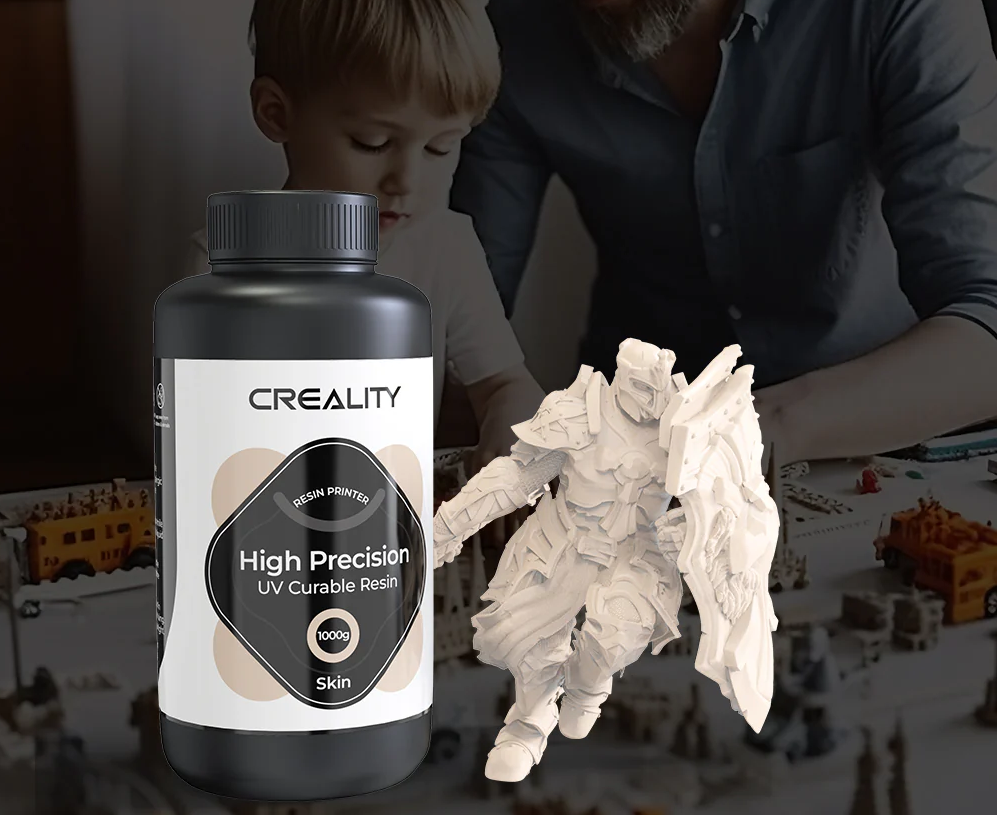
Filament printers are safer overall, particularly when printing with PLA, which is a biodegradable thermoplastic derived from renewable resources. Printing with some filaments such as ABS can still give off fumes, though, so ventilation is also a consideration here.
Resin printer, in general, requires careful handling. The resins contain toxic chemicals that can cause skin irritation and release harmful fumes. That is, resin printing is not a good idea at home. Try to be in a well-ventilated environment and use gloves and a mask. More Worse, the disposal of uncured resin must follow hazardous waste disposal guidelines.
When to Choose Between Resin and Filament Printing
We totally understand how it's overwhelming to make decisions, but it's really what you're building and how much effort, time, and money you want to invest.
Filament Printers (FDM): For Hands-on Builders
If you are a beginner and working on large cosplay projects, a filament printer is a hands-on and affordable way of learning. These are some tips you can use:
What to print with: large cosplay armor, functional parts, and everyday prints.
What to watch out for:
less fine detail compared to resin;
surfaces may require post-processing (sanding, painting).
Resin Printers: For Detail-Driven Creators
For crafting ultra-detailed accessories or display models, resin printing delivers a stunning finish — if you're ready for the cleanup.
What to print with: miniatures, intricate designs, highly detailed props.
What to watch out for:
Smaller build volume;
Requires gloves, masks, and careful cleanup;
Resin can be costly and toxic if mishandled;
Final Verdict
Overall, this article includes all possible factors for choosing between resin or filament 3D printing. The choice between resin and filament 3D printers is based solely on your individual needs and considerations.
FAQs about How to Choose Between Resin or Filament Printing
Q1: Which is better to learn first: FDM or resin printing?
For 3D printing beginners, FDM or filament printing is much more recommended thanks to its accessibility and ease of use.
Q2: For printing miniatures, which technology should I choose?
If you need to create 3D miniatures, then resin 3D printers would be a priority. Resin printing offers an exceptional surface finish, making it the preferred choice for projects requiring precision, such as miniatures or jewelry.
